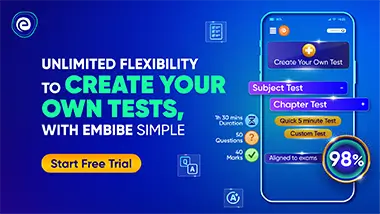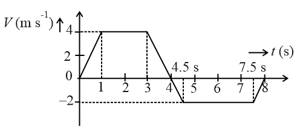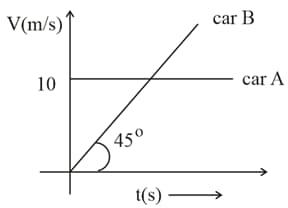MEDIUM
NEET
IMPORTANT
Earn 100
The acceleration of a particle increases linearly with time as . If the initial velocity of the particle is zero and the particle starts from the origin, then, the distance travelled by the particle in time will be
(a)
(b)
(c)
(d)
100% studentsanswered this correctly

Important Questions on Motion in a Straight Line
MEDIUM
NEET
IMPORTANT
For a particle moving in a straight line, the displacement of the particle at time is given by . What is the velocity of the particle when its acceleration is zero?
MEDIUM
NEET
IMPORTANT
A particle starts from the origin and moves along the axis, such that the velocity at any instant is given by , where is in and velocity is in . What is the acceleration of the particle when it is from the origin?
HARD
NEET
IMPORTANT
The acceleration of a particle, starting from rest, varies with the time according to the relation . The displacement of this particle at time will be
HARD
NEET
IMPORTANT
A particle moves with an initial velocity and retardation , where, is its velocity at any time and is a positive constant. Then,
HARD
NEET
IMPORTANT
An object is moving with a speed of is decelerated at a rate given by , where, is the instantaneous speed. The time taken by the object to come to rest would be
EASY
NEET
IMPORTANT
An object may have
varying speed without having varying acceleration.
varying velocity without having varying speed.
non-zero acceleration without having varying velocity.
non-zero acceleration without having varying speed.
Which of the following options is correct?
EASY
NEET
IMPORTANT
The velocity -time graph for the linear motion of an object is shown in the figure. The displacement and distance after , respectively are

MEDIUM
NEET
IMPORTANT
Initially, car is ahead of car . Both start moving at time in the same direction along a straight line. The velocity-time graph of the two cars is shown in the figure. The time when the car will catch the car will be

